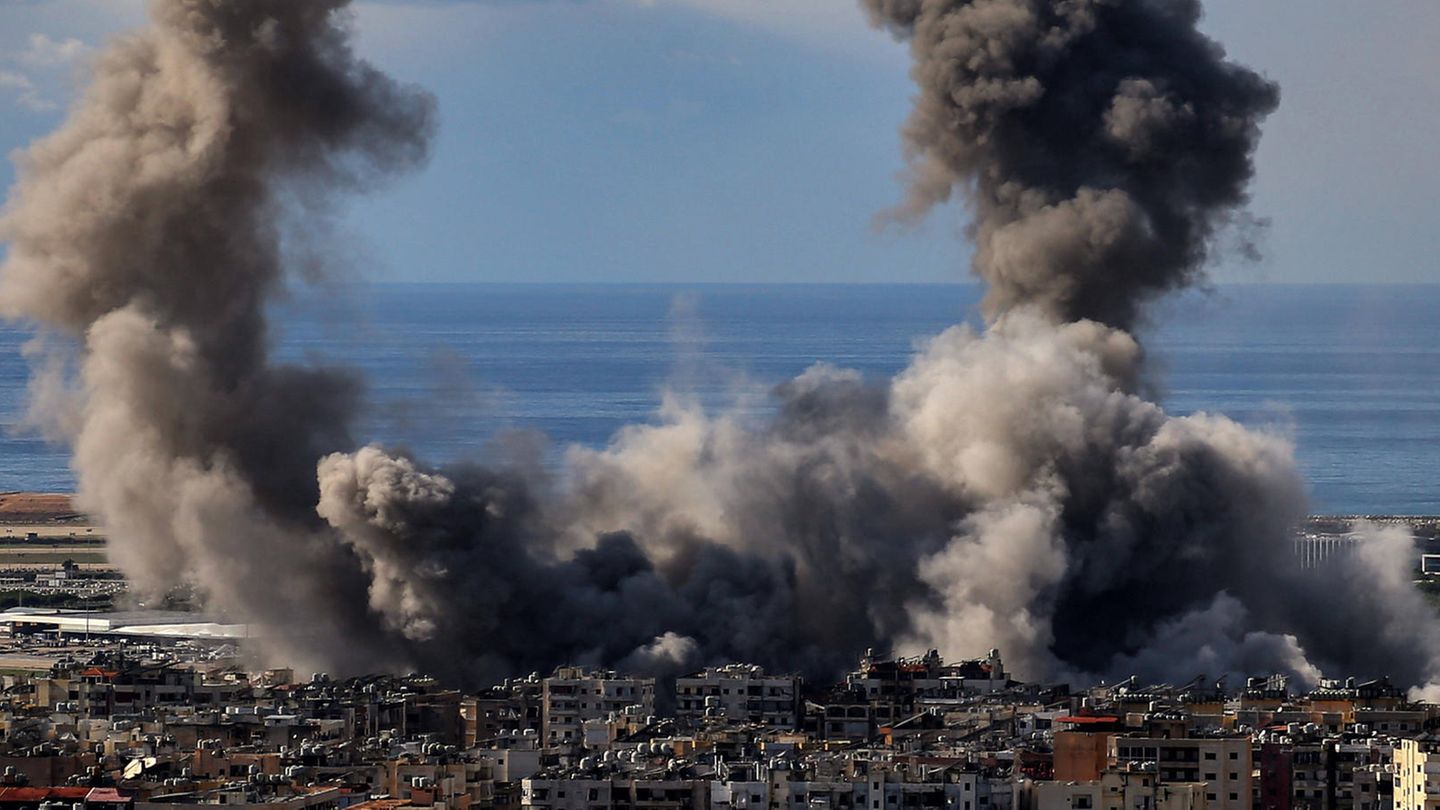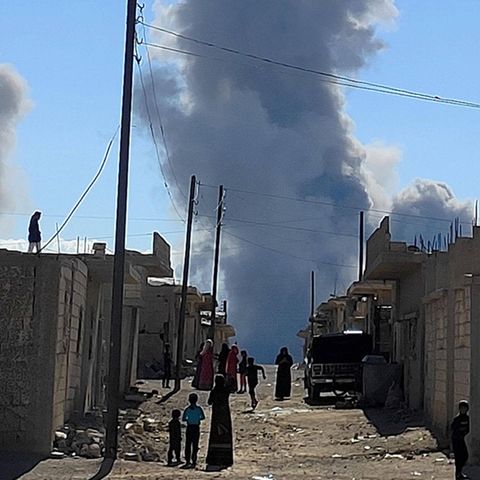analysis
Ceasefire in Lebanon: A bit of peace
Copy the current link
The weapons should be silent between Israel and Lebanon, initially for 60 days. The deal gives Israel’s army complete freedom. Hezbollah is weakened but not defeated.
“Israil judammir, Iran ju’ammir. – Israel destroyed, Iran rebuilds”: This was what was written on large propaganda boards in the park that Hezbollah built in the village of Maroun al-Ras after the 2006 war. On the hill directly on Lebanon’s southern border, the green, white and red flags of Iran fluttered next to the yellow ones of Hezbollah. The view from here extends far beyond the villages in Israel’s north, over greenhouses and red-tiled roofs.
The “Iran Garden” of Maroun al-Ras: It was one of the first targets of the Israeli Army (IDF) at the start of the ground offensive in Lebanon two months ago. Images of IDF soldiers raising the Israeli flag there went around the world in the first days of October.
After the temporary end of this new war between Israel and Hezbollah, a new slogan will apply, which could be summarized as follows: Israel destroys, America rebuilds. In any case, this possibility is provided for by the ceasefire agreement that the governments of Israel and Lebanon have now agreed on with the mediation of the USA and France: According to US President Joe Biden, the ceasefire between Israel and the Lebanese Hezbollah is scheduled to begin on Wednesday night . “According to the agreement reached today, fighting on the Lebanese-Israeli border will end tomorrow at 4 a.m. local time,” the Democrat said during a speech in Washington.
A vote by the entire Israeli cabinet will follow, said Prime Minister Benjamin Netanyahu. The Lebanese cabinet is also expected to give its formal approval on Wednesday.
A deal full of oddities
The other points: The agreement is initially valid for 60 days. During this time, Israel’s ground forces are expected to withdraw from Lebanon. At the same time, Hezbollah is expected to withdraw its units to the area beyond the Litani River, which runs about 30 kilometers north of the border with Israel. In return, the Lebanese army should move into southern Lebanon with 5,000 men or more and take control there on the ground with the support of France. In the long term, Jerusalem demands that the United Nations enforce compliance with the ceasefire.
This is just one of the many oddities of this agreement. After all, Israel massively criticized the 10,000-strong Unifil peacekeeping force in southern Lebanon, for which Germany also provides soldiers, at the beginning of its offensive – and directly attacked some of its bases. So now the much-maligned UN should fix it again. On the basis of Security Council Resolution 1701 from 2006, the requirements of which Israel had described as no longer viable just a few weeks ago.
Residents of northern Israel horrified
Those in whose name the Israeli government sent ground troops to southern Lebanon two months ago are correspondingly horrified by the agreement. The deal is “a surrender,” say the mayors of Kiryat Shmona and Metulla, the two largest towns in the immediate vicinity of the border. All leading figures in the Israeli opposition also criticize the deal. Netanyahu’s right-wing coalition partners, who are not part of the security cabinet, had also expressed reservations in advance. However, they did not question the existence of the ruling coalition under Netanyahu’s leadership in the event that the prime minister agreed.
60,000 Israelis evacuated from the border area should now be able to return safely to their homeland: Israel Prime Minister Benjamin Netanyahu announced this war goal at the beginning of the offensive. When announcing the ceasefire agreement on Tuesday evening, he renewed his promise. But how many of the displaced Israelis will trust the new calm and want to return to their former homes after almost a year and a half of absence remains to be seen.
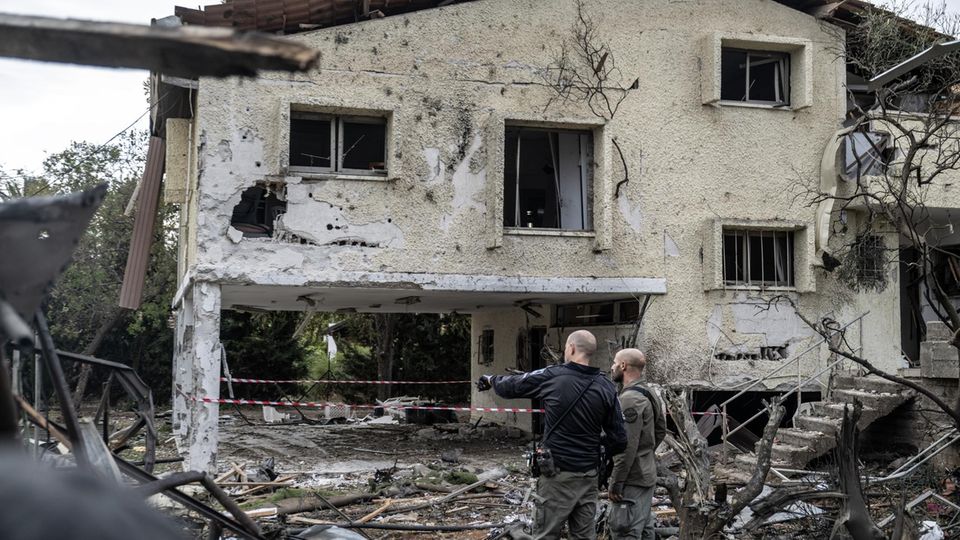
Also because they would live there again within range of Hezbollah rockets. Just on Sunday, the militia fired 250 projectiles into Israel – as far away as the Tel Aviv area – in retaliation for a massive Israeli attack on the Lebanese capital Beirut. It is true that Israel has decimated Hezbollah’s arsenal and killed almost the entire top leadership of the terrorist group.
His army and secret services broke the aura of the “Axis of Resistance” with the spectacular pager attacks and the killing of Hezbollah chief Hassan Nasrallah in his underground command center. But the threat from the north has not been eliminated. Especially since central command posts formerly controlled by Lebanese Hezbollah people are now filled with cadres from the Iranian Revolutionary Guard.
Devastation in Lebanon: A quarter of the population displaced
This is precisely why Israel reserves the right under the agreement to take military action against “immediate threats” in Lebanon at any time, even after the ceasefire begins. Which means nothing other than: The ceasefire applies until Israel decides that it no longer applies.
The government of Lebanon will probably agree to all of this because it simply has the short end of the stick. She is trying to save what can be saved from her battered country, which has already suffered 3,500 deaths and almost 15,000 injuries. The war has displaced 1.2 million Lebanese – one in four. Many villages and towns in the south have been devastated by bombardment, and huge areas of farmland along the border have been contaminated by white phosphorus dropped by Israel’s air force. In Beirut, Lebanon, panic broke out on the evening of the agreement after the Israeli army ordered the evacuation of several previously unbombed neighborhoods in the center, far from the Hezbollah strongholds in the south of the city. Cars full of fleeing people clogged the streets of the city center. Many sought refuge in supposedly safe hospital and university properties from the heavy bombardment expected in the remaining hours before the ceasefire began.
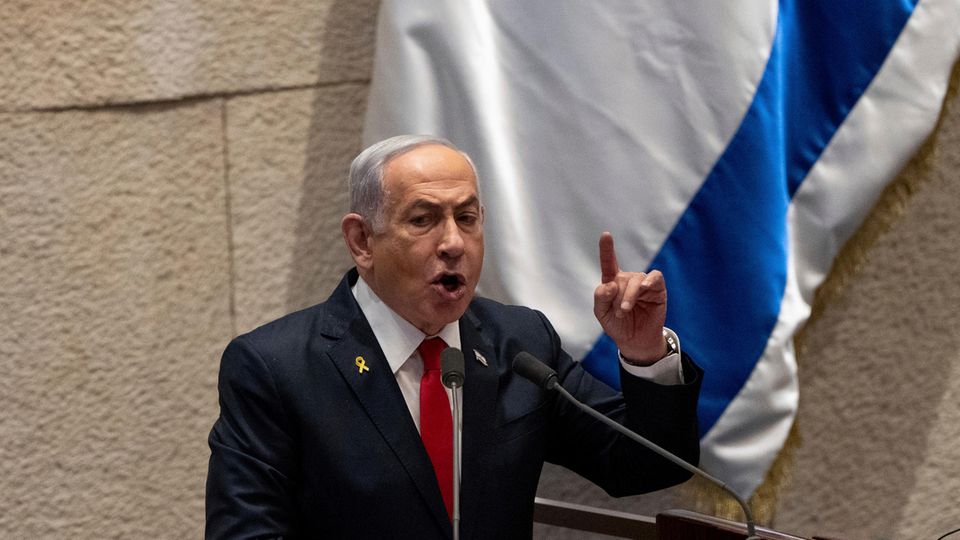
Israel’s government has now taken the step towards a ceasefire agreement because an end to the war is more beneficial to it at this point than its continuation. For several reasons: A UN Security Council resolution to end the war in Lebanon with the participation of the USA was in the room. Israel urgently needs supplies of weapons and other military equipment from the USA, including 134 D9 bulldozers. These are the steel monsters with which Israel’s military has been razing street after street in the Gaza Strip for months. The government in Jerusalem is said to have received assurances from France that Paris would not execute the International Criminal Court’s arrest warrant against Prime Minister Netanyahu. It was only on this basis that Israel is said to have accepted France’s role as co-guarantor of the ceasefire.
A good deal for Netanyahu
In addition, an end to the war in Lebanon makes it easier for the war in the Gaza Strip to continue. According to Netanyahu’s wishes, the army should continue to fight there – even though it has long since achieved its military goals. The war in Gaza is helping Netanyahu evade increasingly pressing questions about his responsibility for the security collapse on October 7, 2023. And he is keeping alive the hope of his radical coalition partners that new settlements will soon be built in the Gaza Strip under the protection of the army.
In order to continue fighting both wars – in Gaza and Lebanon – in parallel, the government would have had to raise new reservists. Which would have increased pressure on Israel’s ultra-Orthodox, who oppose military service. But their political representatives secure Netanyahu’s power. After the army withdraws from Lebanon, Netanyahu can continue the war in the Gaza Strip with the existing conscripts and relieve the reservists. This also benefits the war-torn Israeli economy.
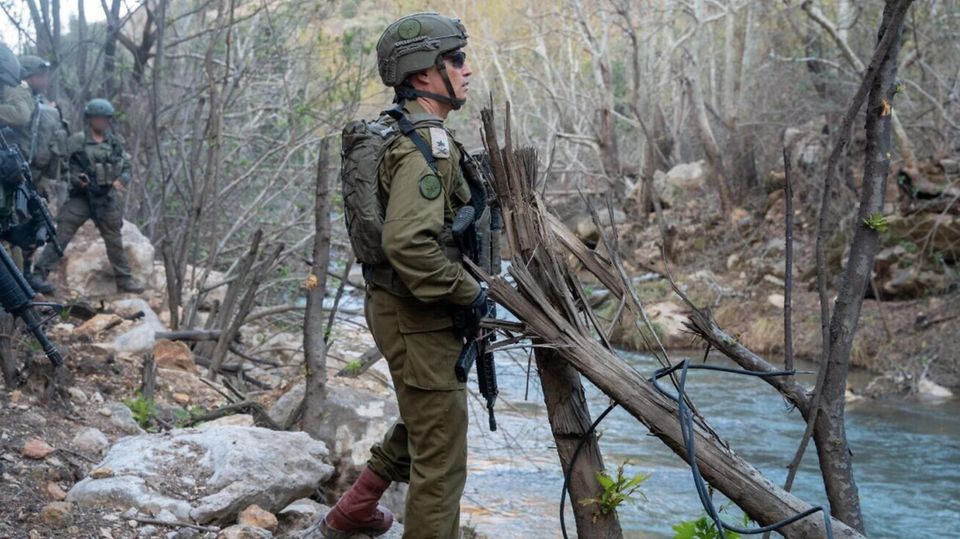
Just hours before the cabinet in Jerusalem accepted the agreement with Lebanon, the IDF press office released a photo. It shows the head of the Israeli Northern Command, Major General Ori Gordin, in full combat gear in a thicket on the southern bank of the Litani: the river in southern Lebanon over which Hezbollah is now supposed to withdraw its remaining fighters to the north.
The body of water in front of him is a narrow stream, it hardly deserves the name river. The image seems almost symbolic. “Ceasefire” also seems to be a bit too big a word for what was decided on Tuesday.
Source: Stern
I have been working in the news industry for over 6 years, first as a reporter and now as an editor. I have covered politics extensively, and my work has appeared in major newspapers and online news outlets around the world. In addition to my writing, I also contribute regularly to 24 Hours World.

